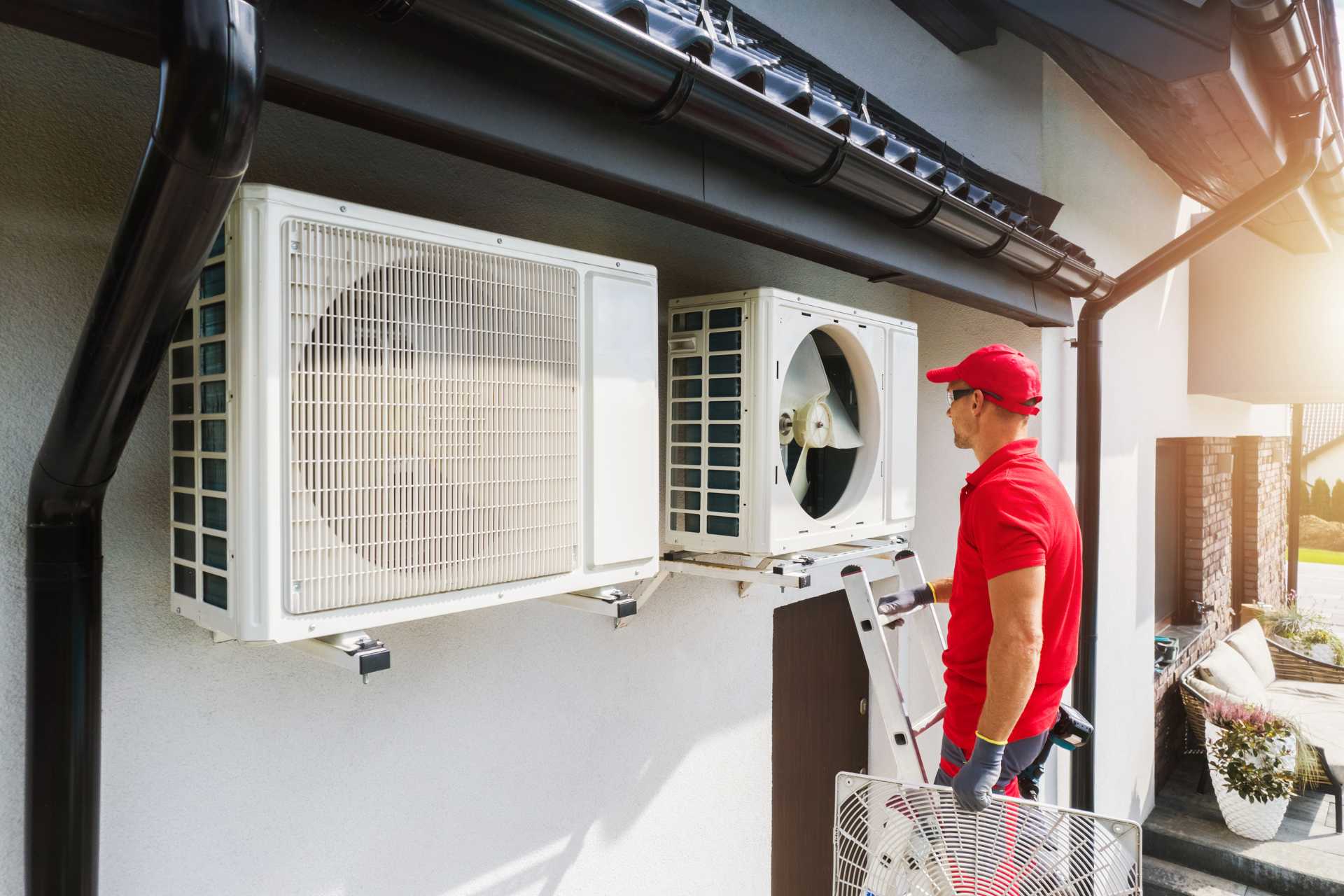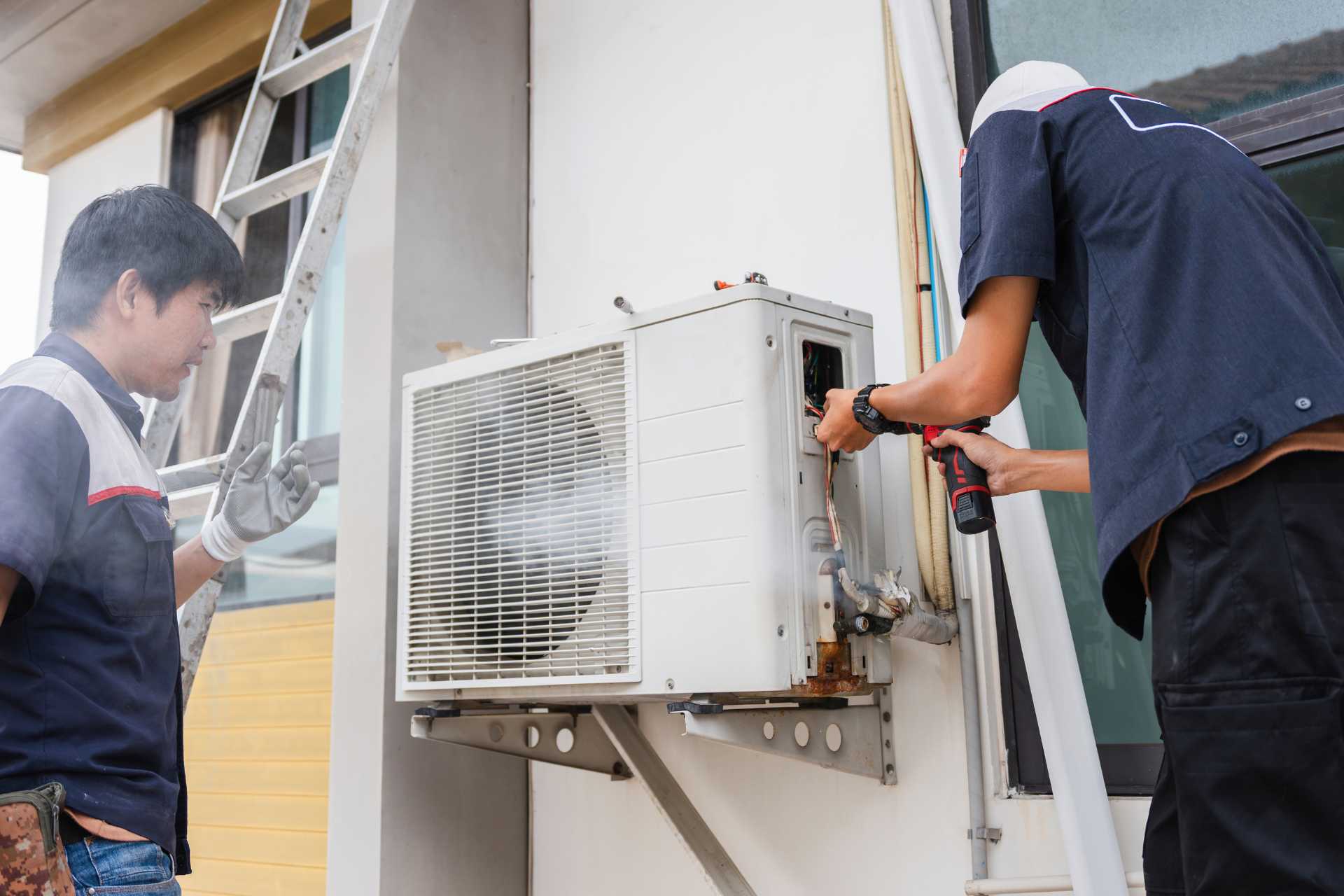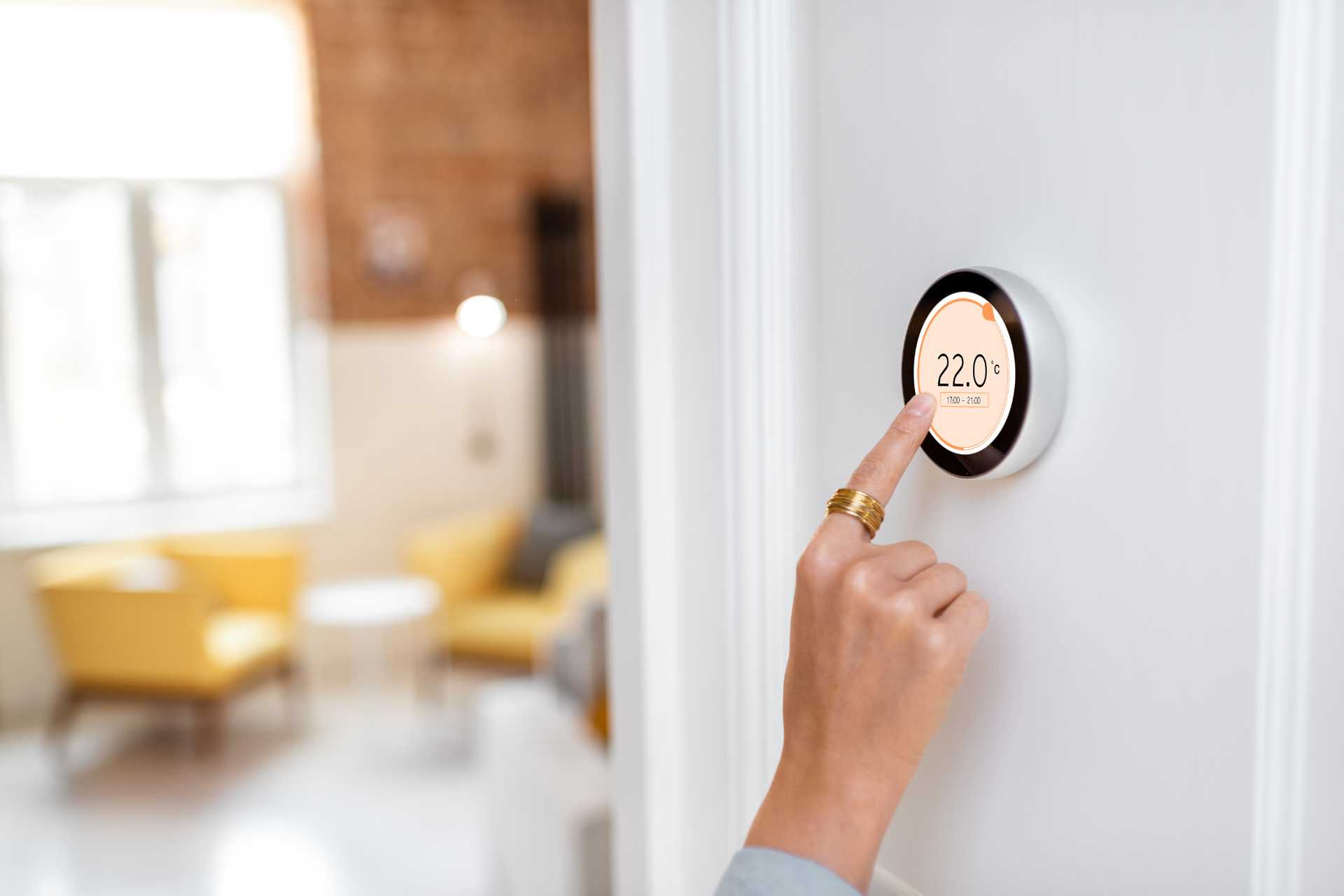Smart Spending: How to Plan Your Budget for an HVAC Upgrade

It is a scenario every homeowner dreads. On the coldest day of winter, the furnace sputters and dies, or during a sweltering July heatwave, the air conditioner gives up completely. This forces a panicked, emergency call to an HVAC company for furnace repair or replacement, often leading to a rushed decision and an unexpected, significant expense. Many homeowners put off this crucial upgrade until it becomes a crisis, but a new heating and cooling system is a major home investment that deserves careful financial planning. Approaching this purchase proactively, perhaps even with guidance from a financial advisor, can transform a stressful liability into a smart, value-adding asset for your home.
This guide will provide a clear, step-by-step plan to budget intelligently for a new HVAC system. It will cover everything from understanding the full scope of costs to finding savings and planning for long-term maintenance. This approach turns a daunting, reactive purchase into a confident, proactive financial decision that improves your home’s comfort and efficiency for years to come.
Beyond the Price Tag: Understanding the Full Picture
The first step in creating a realistic budget is understanding that the total cost is more than just the price of the furnace or air conditioner itself. The equipment is the main event, and its price is influenced by several key factors. These include the brand’s reputation for durability, the unit’s size or capacity needed for your home, and, most importantly, its energy efficiency rating. For furnaces, this is the AFUE (Annual Fuel Utilization Efficiency) rating, while for air conditioners, it is the SEER (Seasonal Energy Efficiency Ratio) rating. A higher number means greater efficiency and lower long-term operating costs.
Beyond the unit, you must budget for professional installation. This is not a DIY project; proper installation is critical for ensuring the system’s safety, efficiency, and longevity. This cost typically covers the technicians’ labour, the removal and disposal of your old unit, and all necessary materials like wiring, refrigerant lines, and venting. Finally, set aside a contingency fund for potential add-ons. Older homes may require electrical upgrades to support a modern air conditioner or modifications to the existing ductwork to improve airflow, which would be an additional expense.
Knowledge is Power: Doing Your Homework and Getting Quotes
With a clear understanding of the potential costs, the next step is to become a savvy shopper. Begin by researching which brands have a strong reputation for reliability in a demanding four-season climate. It is also crucial to research any available government or utility rebates for installing high-efficiency equipment, as these programs can significantly reduce the overall cost of your energy-saving upgrades. Asking friends, family, or community members for recommendations on reputable local installers is an invaluable part of this process, as their real-world experience is often the most reliable guide.
Once you have a shortlist, it is absolutely essential to get at least three detailed, written quotes from different HVAC companies. A vague, one-line quote is a red flag. A professional quote should include a clear breakdown of the equipment cost versus the installation cost, the specific model numbers of the proposed units, and comprehensive warranty details for both the equipment and the installer’s workmanship. When you are choosing between central air conditioning and ductless AC systems, the quote should clearly outline the pros and cons of each for your specific home layout. This diligence allows you to compare apples to apples and avoid suspiciously low bids that may signal the use of subpar materials or unskilled labour.
The Long Game: Uncovering Savings and Making Smart Trade-Offs
A new HVAC system is a long-term investment, and the smartest financial decisions focus on lifetime value, not just the upfront price. It can be tempting to choose the cheapest, lowest-efficiency model to save money initially, but this is almost always a costly mistake. A high-efficiency furnace or air conditioner may cost more upfront, but its ability to significantly reduce your monthly natural gas and electricity bills means it can pay back that premium in just a few years. Over the 15- to 20-year lifespan of the system, the total savings can amount to thousands of dollars.
Strategic timing can also lead to savings. The busiest times for HVAC companies are during the first deep freeze of winter and the first major heatwave of summer. If you plan your upgrade during the milder “shoulder seasons” of spring and fall, you may find that contractors are less busy and potentially more willing to offer competitive pricing. Manufacturers also occasionally run seasonal promotions. Planning ahead gives you the flexibility to take advantage of these opportunities, rather than being forced to pay peak prices during an emergency.
An Ounce of Prevention: Budgeting for a Long and Healthy Life
The final piece of a smart HVAC budget is planning for the system’s ongoing health. An HVAC system is a complex machine with many moving parts, much like a car. It requires regular service to run efficiently and reliably. It is essential to factor the cost of an annual professional maintenance contract into your long-term home ownership budget. This service typically involves a thorough cleaning, inspection, and tune-up of your furnace in the fall and your air conditioner in the spring. This proactive care is the single best way to protect your new investment.
This maintenance cost should be viewed as a form of savings. An annual tune-up ensures the system runs at peak efficiency, which keeps your monthly utility bills as low as possible. More importantly, it allows a technician to catch small problems, like a fraying belt or a failing capacitor, before they lead to a catastrophic and expensive breakdown in the middle of the night. This is how you ensure your home’s HVAC system is ready for the summer and winter, year after year. Proactive care is the key to maximizing the lifespan of your equipment and avoiding costly emergency repairs.
A Cool Home and a Confident Budget
A new HVAC system is a major purchase, but it does not have to be a financial crisis. By understanding the full scope of the costs, doing thorough research, getting multiple professional quotes, prioritizing long-term efficiency, and budgeting for regular maintenance, you can transform the process from a stressful emergency into a smart, strategic investment. This proactive approach not only results in a more comfortable and energy-efficient home but also provides the cool confidence that comes with a well-managed budget. Don’t wait for your old system to fail; start planning your HVAC upgrade today and invest in your home’s future.



